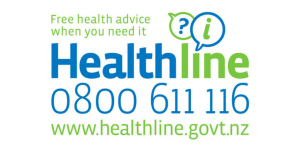Surgery for heavy periods
Key points about surgical options for heavy periods
- Surgery for heavy periods may be considered if medicines aren't suitable or haven’t helped, or if you have conditions such as fibroids (non-cancerous lumps usually found in the muscular wall of the uterus) or adenomyosis (glands which look like the lining of the uterus growing in the muscle of the uterus).
- Surgery aims to reduce or stop the bleeding.
- The 3 main operations used to treat heavy menstrual bleeding are endometrial ablation, myomectomy and hysterectomy.
- Endometrial ablation and hysterectomy are only done if you no longer wish to have children.

If you have heavy periods and have tried medical treatments with no improvement, surgery may be your next option.
There are 3 main operations used to treat heavy menstrual bleeding – endometrial ablation, myomectomy and hysterectomy.
Surgery may be considered if you:
- couldn't try medicine treatments because of other health issues
- tried medicine but it didn't help
- have conditions, such as fibroids or adenomyosis, that cause bleeding and pain – read more about fibroids and adenomyosis as causes of heavy bleeding.
Read more about the the different types of surgery below.
Endometrial ablation involves burning off the lining of your uterus (womb), usually by using heat or an electric current. It can be done under local or light general anaesthesia, usually as a day stay procedure. The aim is to leave very little of the lining of the womb behind. This usually reduces or stops menstrual periods. You may find the bleeding doesn’t stop completely but is reduced to normal or lighter bleeding.
If this procedure doesn’t control your heavy bleeding, further treatment or surgery may be needed. Endometrial ablation is only performed if you no longer want to have children. It’s still possible to get pregnant after endometrial ablation, but it’s not safe to do so. This means you must use effective contraception afterwards – you might consider permanent contraception or sterilisation.
Myomectomy is a procedure that removes fibroids from your uterus. Uterine fibroids are benign (non-cancerous) growths usually found in the muscle of your uterus.
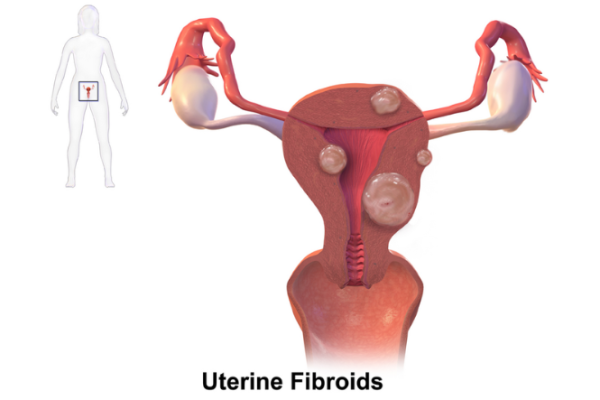
Image credit: Bruce Blaus via Wikimedia Commons(external link)
A myomectomy can involve 1 long cut across your belly (abdominal myomectomy) or several small cuts across your belly (laparoscopic or ‘keyhole’ myomectomy). Sometimes it’s done using a hysteroscope, which is a small telescope that’s inserted through your vagina and cervix into your uterus, and there are no cuts at all (hysteroscopic myomectomy). This is done under general anaesthetic.
Myomectomy is the best surgical option if you have fibroids and you still want to be able to have a child.
Hysterectomy is an operation to remove your uterus (womb), which means you’ll no longer be able to have a child. Hysterectomy is a complete solution for heavy bleeding, but does have some risks. The decision to have a hysterectomy is made by you and your gynaecologist together, and the risks and benefits will be explained.
Depending on the reason for the surgery, all or only part of your uterus may be removed. Read more about hysterectomy.
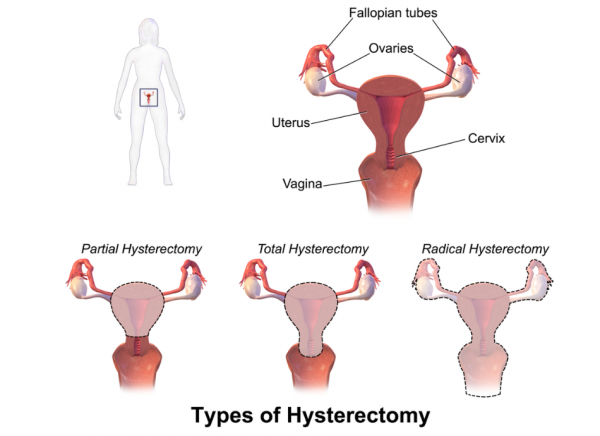
Image credit: Bruce Blaus via Wikimedia Commons(external link)
All surgical options have different risks and benefits. Each procedure has different reasons for why it might or might not suit you, depending on the cause of your heavy bleeding. Talk to your healthcare provider about which option might work the best for you.
Brochures
Hysterectomy(external link) RANZCOG, Australia
Endometrial ablation(external link) RANZCOG, Australia
Myomectomy(external link) The Royal Woman's Hospital, Australia
Abdominal hysterectomy(external link) The Royal Woman's Hospital, Australia
Apps
Women's health apps
Pain management apps
References
- Heavy periods(external link) The Royal Women’s Hospital, Australia
- Endometrial ablation(external link) The Royal Australian and New Zealand College of Obstetricians and Gynaecologists, 2018
- Heavy menstrual bleeding clinical care standard(external link) Australian Commission on Safety and Quality in Health Care, 2024
Brochures

The Royal Woman's Hospital, Australia, 2018
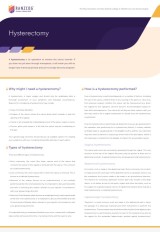
Hysterectomy
RANZCOG, Australia
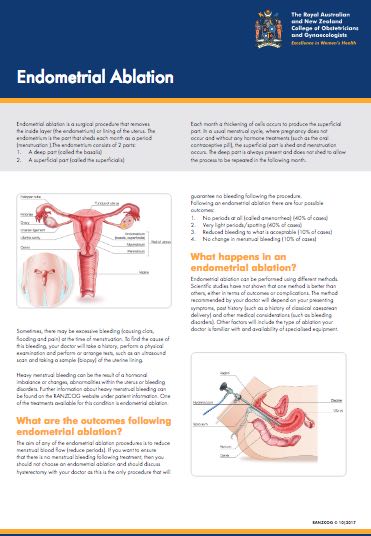
Endometrial ablation
RANZCOG, Australia, 2018
Credits: Healthify editorial team. Healthify is brought to you by Health Navigator Charitable Trust.
Reviewed by: Dr Jessica Dunning, Obstetrician and Gynaecologist, Te Toka Tumai Auckland and Auckland Gynaecology Group
Last reviewed:


